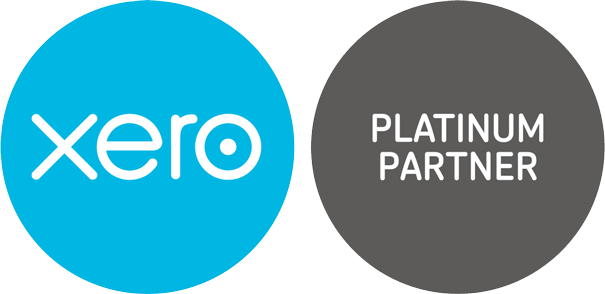News
Automatic Enrolment contributions to increase
21 February 2019
The next increase in Automatic Enrolment (AE) pension contributions for both employees and employers will take place from 6 April 2019.
The minimum employer contribution will increase from two per cent to three per cent, while the employee contribution will rise from three per cent to five per cent – taking the total minimum contribution from five per cent to eight per cent.
The minimum contribution only applies to employees earning £10,000 a year or more and percentage contributions will be calculated using only the employee’s earnings between £6,136 and £50,000 from April. This is an increase from the existing income threshold of £6,032 to £46,350.
For the purposes of AE pension contributions, earnings include:
It is important to ensure that your payroll processes take account of the changes, as the penalties for non-compliance can be steep.
- Salary
- Wages
- Commission
- Bonuses
- Overtime
- Statutory sick pay
- Statutory maternity pay
- Ordinary or additional statutory paternity pay
- Statutory adoption pay
Case Studies
-

Sometimes a business does exactly as it says on the tin
-

A modern approach required for music moguls
-

Taxing demands with old school charm
-

Cut above the rest in personal management style
-

A taste for growth, a thirst for knowledge
-
Child's play with proactive accounts management
-

Customer care is top of the list for packaging business
-

A shared passion for architecture and a head for numbers
-

Smiles all round for dental practice


